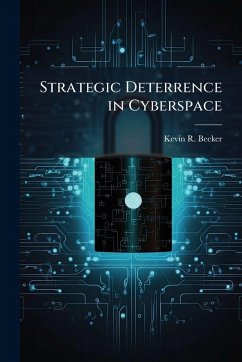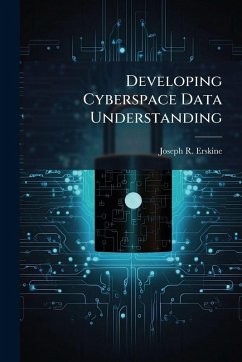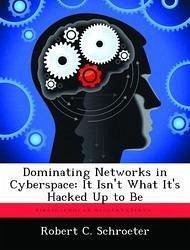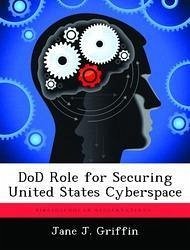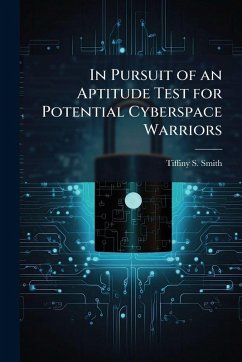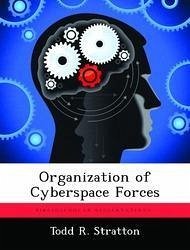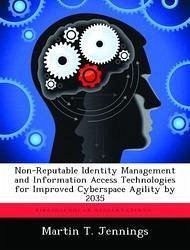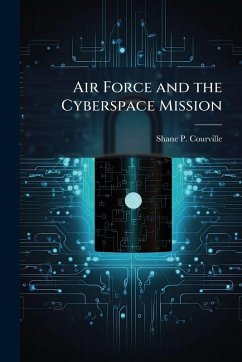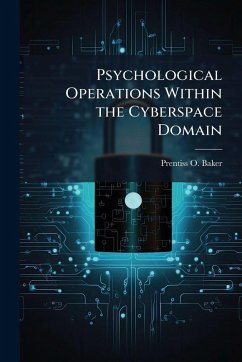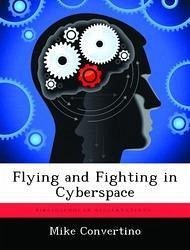
Flying and Fighting in Cyberspace
Versandkostenfrei!
Versandfertig in über 4 Wochen
17,99 €
inkl. MwSt.

PAYBACK Punkte
9 °P sammeln!
This research paper develops the foundation for a new military operating concept to "fight the net" in support of 8th Air Force requirements and stand-up as the new Cyber Command. It applies the Air Force Concept Development framework to examine cyberspace as a newly designated warfare domain, and proposes cyber capabilities and effects that the Air Force should develop and apply as it seeks to execute its mission in cyberspace. Before the Air Force can effectively lead in the cyber domain, it must first fully characterize cyber conditions, threats, and vulnerabilities, and clearly define how ...
This research paper develops the foundation for a new military operating concept to "fight the net" in support of 8th Air Force requirements and stand-up as the new Cyber Command. It applies the Air Force Concept Development framework to examine cyberspace as a newly designated warfare domain, and proposes cyber capabilities and effects that the Air Force should develop and apply as it seeks to execute its mission in cyberspace. Before the Air Force can effectively lead in the cyber domain, it must first fully characterize cyber conditions, threats, and vulnerabilities, and clearly define how and where it can contribute to the national cyberspace strategy. Once the Air Force accomplishes these tasks, it can then focus on the nature of war in the cyber domain and consider the implications for military doctrine and operations. In order to successfully build capability and capacity for operating in cyberspace, the Air Force needs to institutionalize "cyber-mindedness" to underpin organizational, research and development, and human capital investments that the Air Force needs "to fly and fight" effectively in cyberspace. This work has been selected by scholars as being culturally important, and is part of the knowledge base of civilization as we know it. This work was reproduced from the original artifact, and remains as true to the original work as possible. Therefore, you will see the original copyright references, library stamps (as most of these works have been housed in our most important libraries around the world), and other notations in the work. This work is in the public domain in the United States of America, and possibly other nations. Within the United States, you may freely copy and distribute this work, as no entity (individual or corporate) has a copyright on the body of the work. As a reproduction of a historical artifact, this work may contain missing or blurred pages, poor pictures, errant marks, etc. Scholars believe, and we concur, that this work is important enough to be preserved, reproduced, and made generally available to the public. We appreciate your support of the preservation process, and thank you for being an important part of keeping this knowledge alive and relevant.



